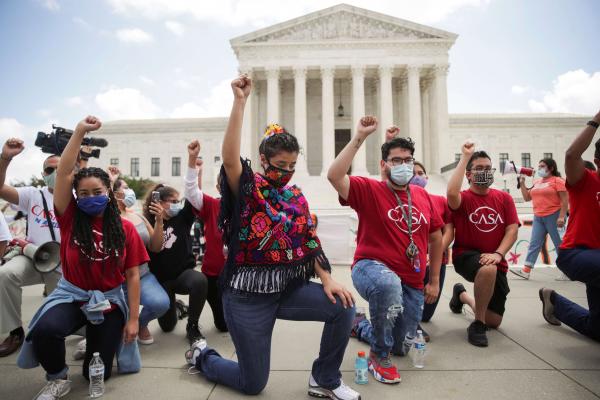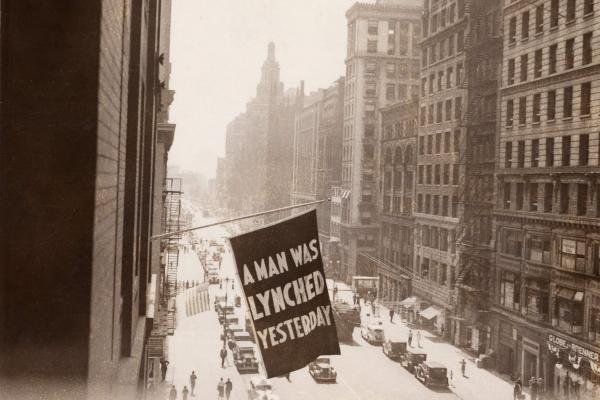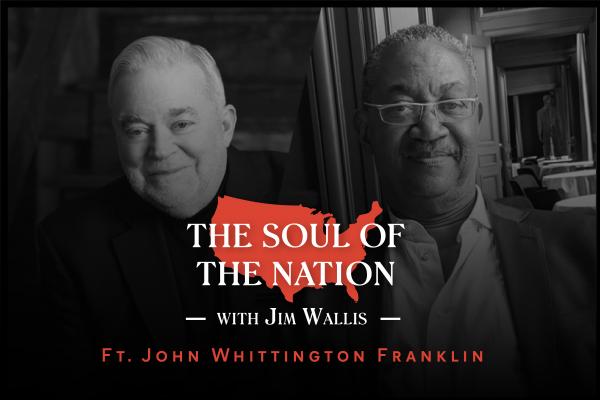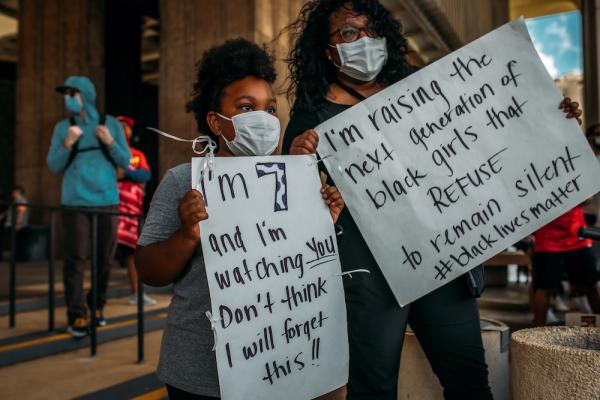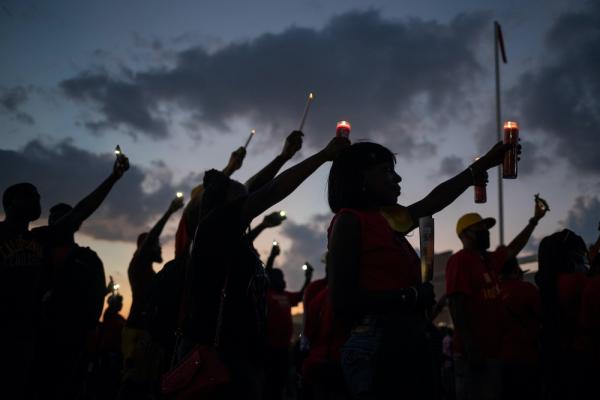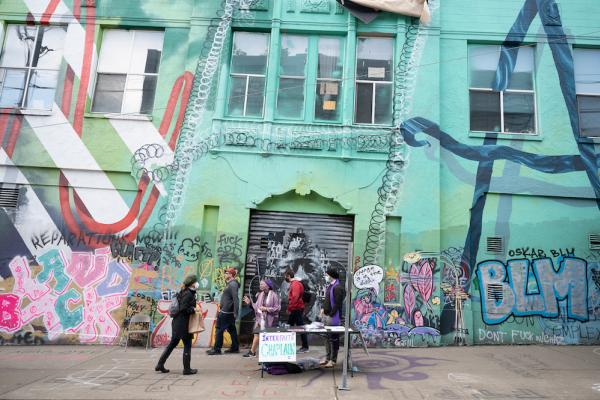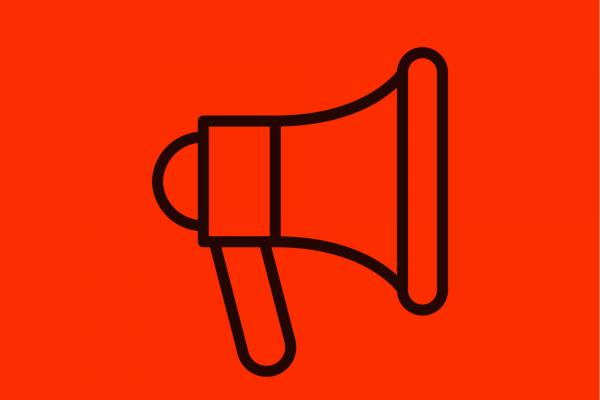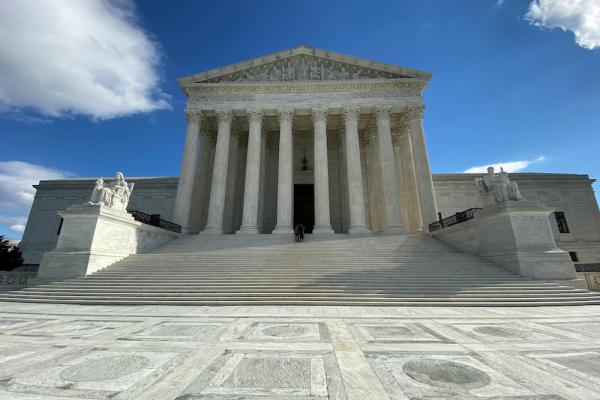Immigrants have been willing to carry these oppressive burdens because there are no other options to make a way for our status in the system. The mantras playing in our head are the horrific echoes of a system that values immigrant people because of their economic contribution and slowly takes away their breath in favor of building an empire.
I’ve never been more scared for my Black son, but I knew this is what we had to do.
Third-generation historian John Whittington Franklin discusses with Rev. Jim Wallis how Black history is integral to a larger American historical narrative.
The phrase "Black Lives Matter," like Joseph’s request to take his bones wherever his people go, is to keep memory alive. To keep it alive is to fight for us when we can't fight for ourselves. It is to remind us that though our world may forget us, there is One who does not. So even as people shout loud “look how much progress this country has made; be grateful,” we understand that, as Angela Davis writes, “freedom is a constant struggle.”
Eight minutes and forty-six seconds is a long time. It is enough time to stop, take some deep breaths, feel your body, to pray if you choose, think, reflect, and ask what you’ve been missing. That’s what many are learning as we take a knee for nearly 9 minutes at protests and vigils around the country in response to the killing of George Floyd.
Late Monday afternoon, dressed in clerical garb, eight chaplains – three Jewish, three Unitarian Universalist, and two Christian – went into the six-block area originally called CHAZ (the Capitol Hill Autonomous Zone), along with their hand-drawn sign, a folding table, and a willingness to offer faithful presence for anyone who needed it.
The U.S. Supreme Court on Thursday ruled against Donald Trump's bid to end a program that protects from deportation hundreds of thousands of immigrants, dubbed "Dreamers," who entered the United States illegally as children.
A Georgia county prosecutor on Wednesday announced that a fired Atlanta police officer has been charged with felony murder in the shooting death of Rayshard Brooks, 27, in the parking lot of a fast-food restaurant last week.
